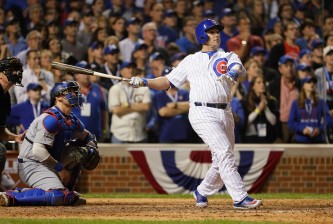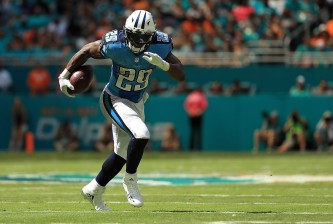The NFL recently made changes to its Draft Advisory Board, implementing a new set of rules for the committee.
I move to dismantle the board entirely.
The first question one might ask is as follows: what exactly is the NFL Draft Advisory Board?
In the early 1990s, the NFL had a major issue with underclassmen declaring for the draft early and going undrafted. In fact, 76 of the first 165 underclassmen to declare early went undrafted.
To fix this problem, the league created the NFL Draft Advisory Board, which employs a number of professional football scouts and advises underclassmen players as to whether or not they should leave school early.
The board would assign a player one of five grades, which indicated where the player could expect to be picked.
The grades were:
1. As high as the first round
2. As high as the second round
3. As high as the third round
4. After the third round
5. In no round at all
For a good amount of time, the system worked. The NFL didn’t have to deal with the issue of copious amounts of talented, undrafted players who couldn’t play in either the NCAA or the pros. The Draft Advisory Board, for all intents and purposes, was a success.
Consider the reason that the NFL would care about this problem in the first place.
If a good college junior declares early for the draft, he’s no longer able to play college football. He’s forfeited his amateurism and is now a professional player going through the draft process. Assuming said player doesn’t get drafted, both the NFL and NCAA are in a worse position.
The NCAA loses out on one more year from an exciting, name-brand player whom fans want to see. The NFL loses out on a more developed (and more fun to watch) version of said player after another year of college football experience.
It’s a lose-lose situation because both leagues miss out on a higher quality product on the field and the player misses out on a career in the NFL.
There are well-documented examples of players returning to school and ruining their draft stock. Matt Barkley and Aaron Colvin come to mind.
The reality is, though, that an extra year can help out a player immensely. It allows the athlete to finish his degree, get an extra year of film for scouts to evaluate and develop more as a player. Scouts don’t just forget about good tape, whether it’s from a player’s junior year or senior year.
The NFL Draft Advisory Board has a spotty track record over the last few years with advising players to bolt college for the pros.
In fact, in 2014, the NFL set a new record for underclassmen declaring for the draft. Only 62 percent of them were drafted. The last time I checked, 62 percent qualifies as a failing grade; the Draft Advisory Board has failed college athletes and needs to pay the price.
While the proposed revisions to committee rules would change the possible grades that the advisory committee could give from five to three (‘first round’, ‘second round’ or ‘neither first nor second round’ are the new grades) and limit the amount of players (per school) who can request grades to five, the changes aren’t enough.
What does the advisory committee really know?
The group of scouts has to make its decision on a player before the draft process even begins. If you told me before the draft process began in 2014 that Aaron Donald and Blake Bortles would be Top 15 picks, I’d have laughed. Same goes for the notion that Teddy Bridgewater would have fallen down the board to pick No. 32.
The advisory committee is giving false hope to young football players and, in the process, derailing their careers. No one on the board really knows what NFL general managers are thinking and whether or not they’ll spend a draft pick, early or late, on a certain player.
For some athletes, like Jadeveon Clowney and Sammy Watkins, it’s a foregone conclusion that they’ll be drafted in the first ten picks. However, for most players, it’s tough to get an exact read.
Brett Smith’s talent dictated he’d be a second round pick. He went undrafted.
Marcus Smith had no business being picked on the first two nights of the draft. He heard his name called in the first round.
The number of underclassmen declaring for the draft has been steadily increasing, from 46 in 2009 to 65 in 2012 to 98 in 2014. It’s time to put a stop to this madness, or at least a stop to NFL-sanctioned overhyping of gullible college stars.
Let’s put an end to the advisory committee.























